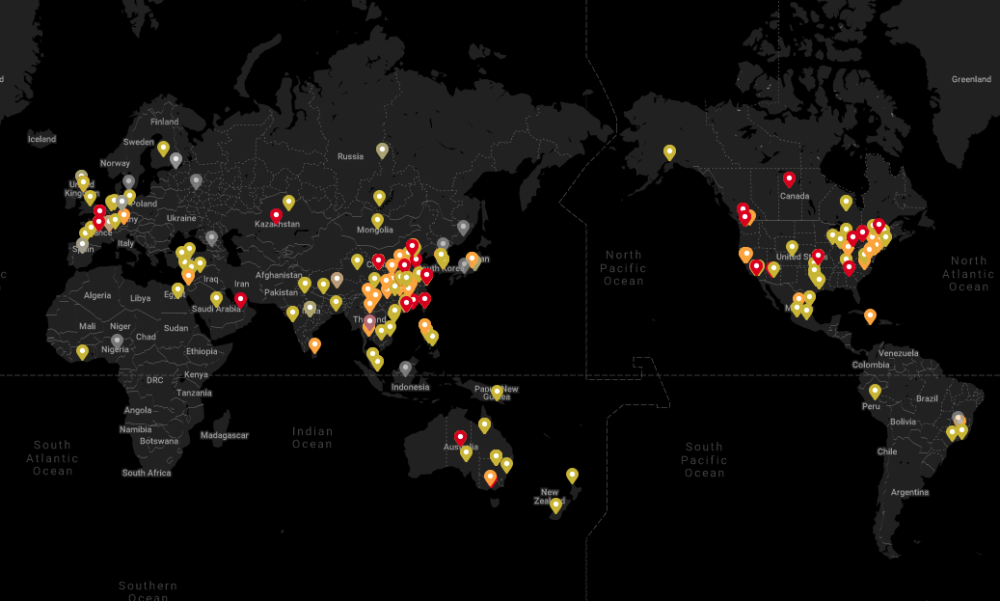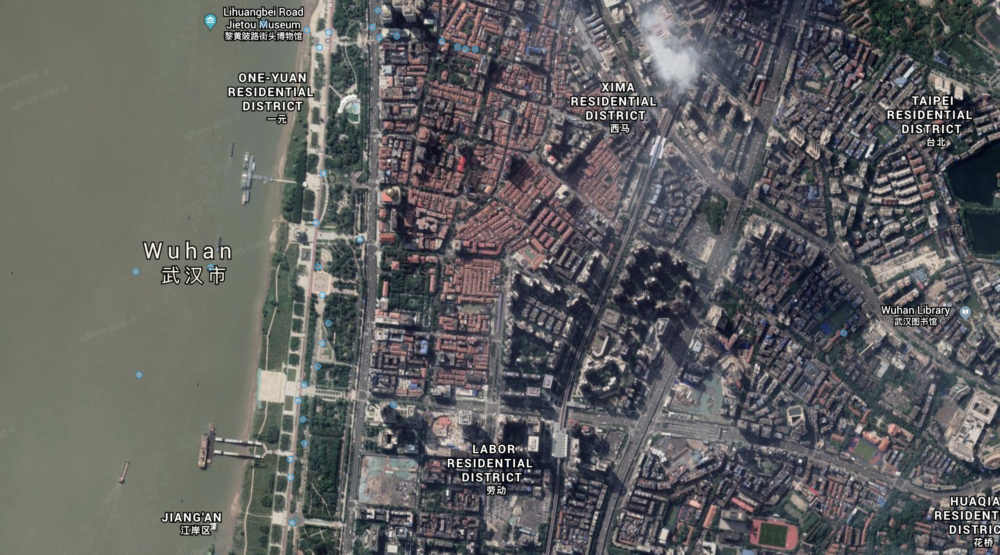Factal’s coronavirus coverage began on Dec. 31 CST with a seemingly-innocuous China News Service report about a small batch of viral pneumonia cases in Wuhan, Hubei Province.
Since then, the outbreak has mushroomed into thousands of Chinese cases and a handful of other confirmed cases around the world. Factal’s newsroom has been busy around the clock, verifying and publishing hundreds of updates on new cases, travel impacts, office closures, health warnings and the global reaction – all linking local sources. For global corporations and NGOs that rely on Factal, the coronavirus has become an increasing priority.
As with just about any major news event these days, disinformation and misinformation is running rampant on China’s Weibo and America’s tech platforms. BuzzFeed’s Jane Lytvynenko has been chronicling some of the most egregious examples, and Poynter’s IFCN organizations have been knocking down bad information on their respective sites. There’s also the fuel of a nervous public and the complexity of relying on the Chinese government and its tightly-controlled media for local information on the outbreak.

At Factal, we’re focused on identifying the most trustworthy primary sources and comparing information across them. To help navigate the fray, here are a few sources we’ve found valuable so far:
- After a slow start, the Hubei Province Health Commission has been providing daily 7 pm ET (8 am local time) press conferences that are often preceded by a status update on its website. Since that site has been loading slowly, you can also visit the province’s Weibo page and China’s National Health Commission’s website.
- Johns Hopkins has been updating an ArcGIS map every few hours with the latest case and fatality information.
- The World Health Organization (WHO)’s case map is located here.
- One of the key sources for the Hopkins map is a Chinese medical community called Lilac Garden that’s compiling case numbers and aggregating new developments from Chinese media. Overall, however, Chinese media stories have been light on details.
- Of course, there are plenty of Twitter lists like this one of both Chinese news sources and journalists on the ground in China.
- Here are the respective links to the coronavirus resource pages for the CDC, WHO, European Centre for Disease Prevention and Control, Public Health Agency of Canada, Santé Publique France, Japan’s Ministry of Health and Korea’s Ministry of Health. (Twitter has started linking these and other trusted health agencies above all coronavirus search results.)
- The medical news site Stat and its experienced team should be on your short list for making sense of the coronavirus.
- You can also follow our @factal Twitter account for major updates about the virus.
Have any more to add? Please drop us a note at members@factal.com.
As the outbreak grows, Factal is offering an instant 30-day trial for security and travel teams at global corporations to gain immediate access to Factal. For disaster relief and humanitarian aid NGOs, we already provide free access. Please contact us at members@factal.com to get started right away.

